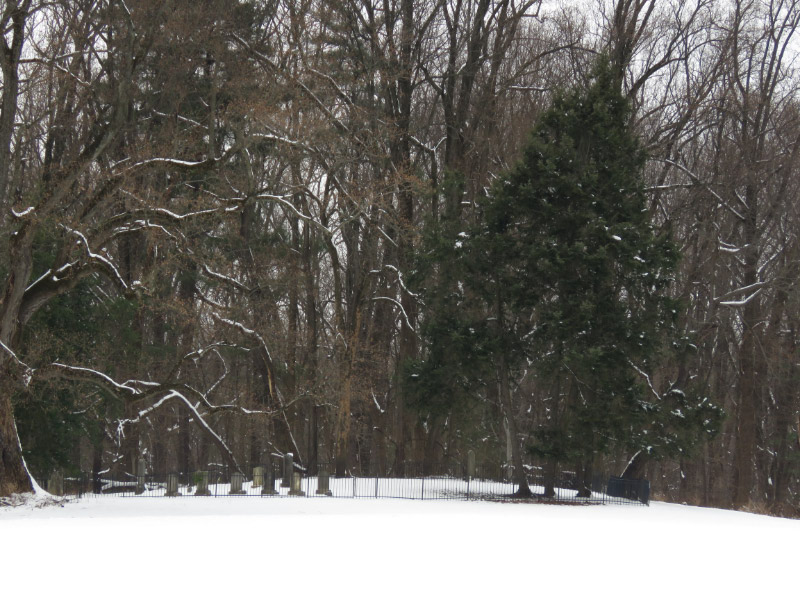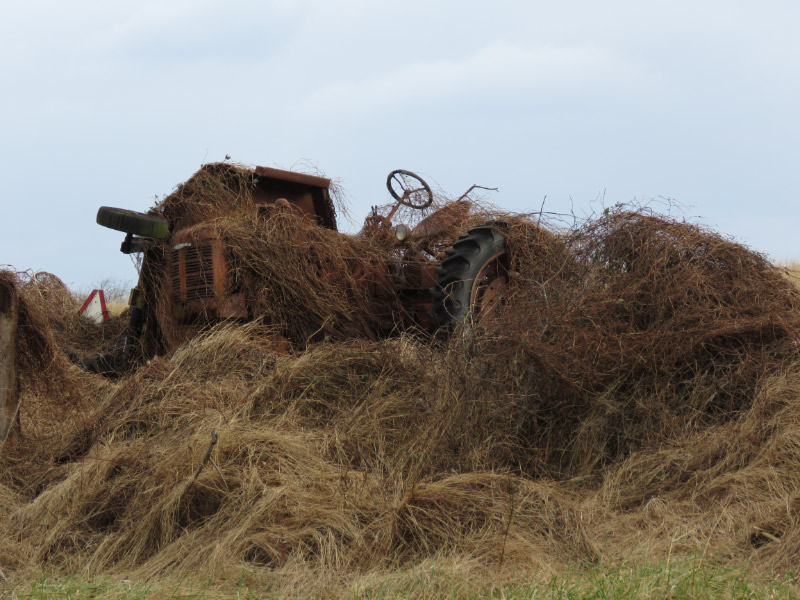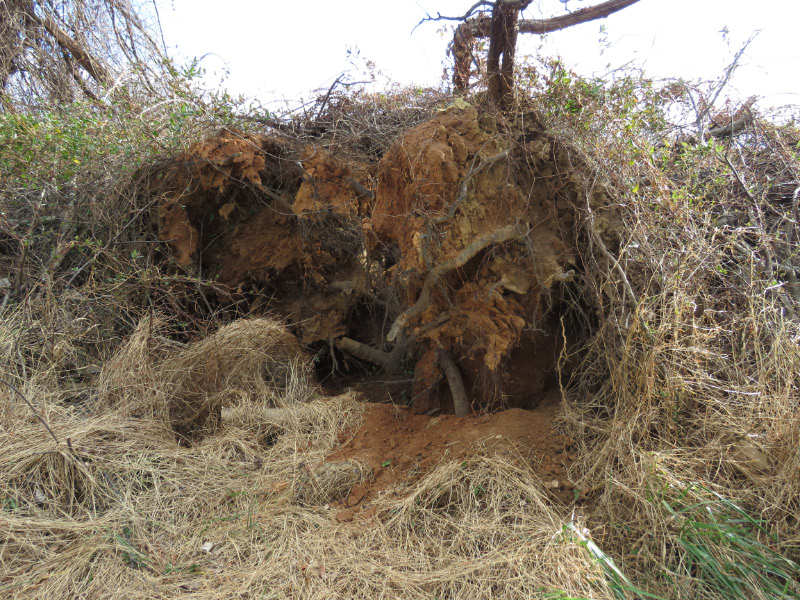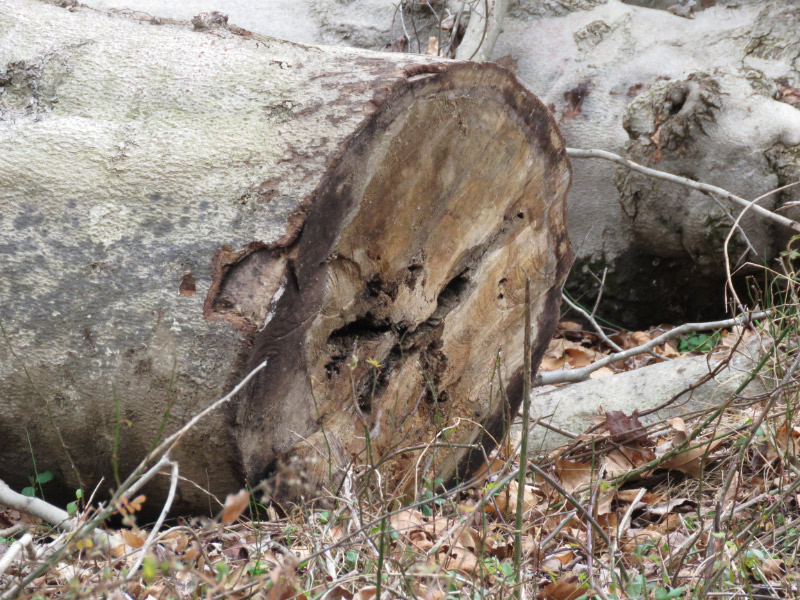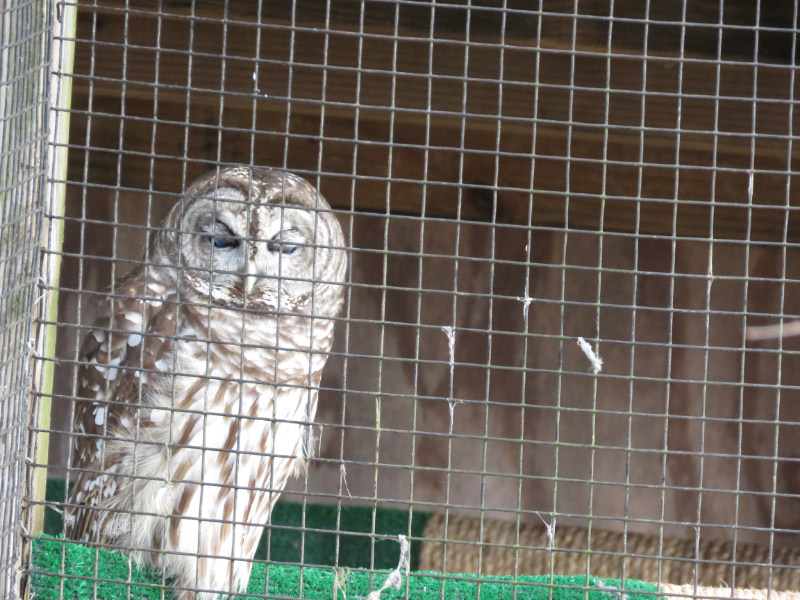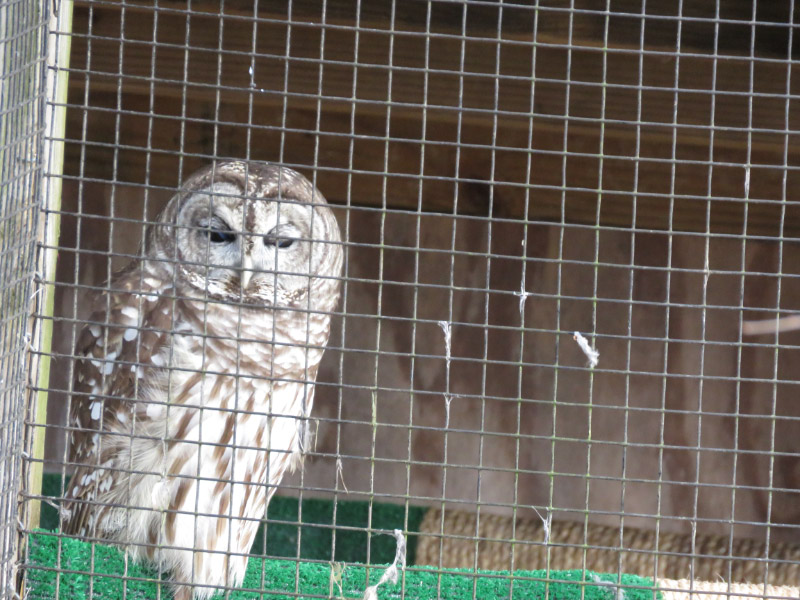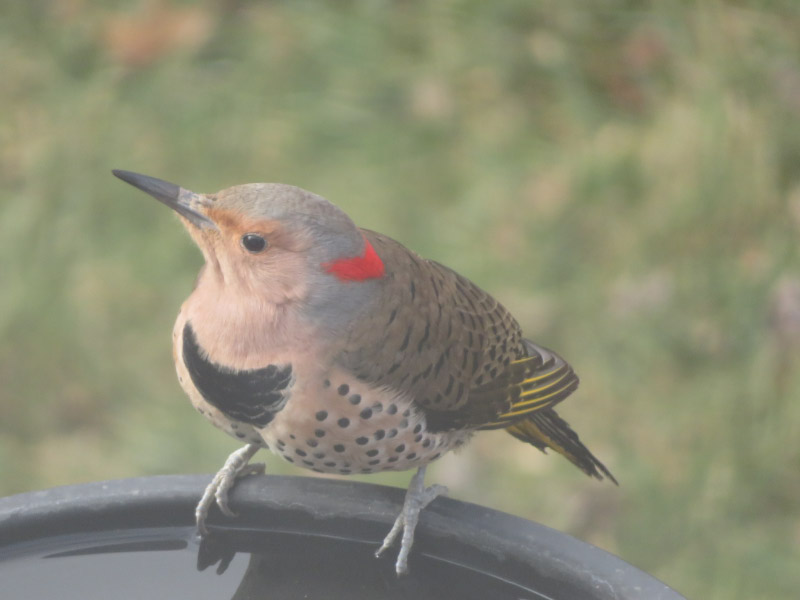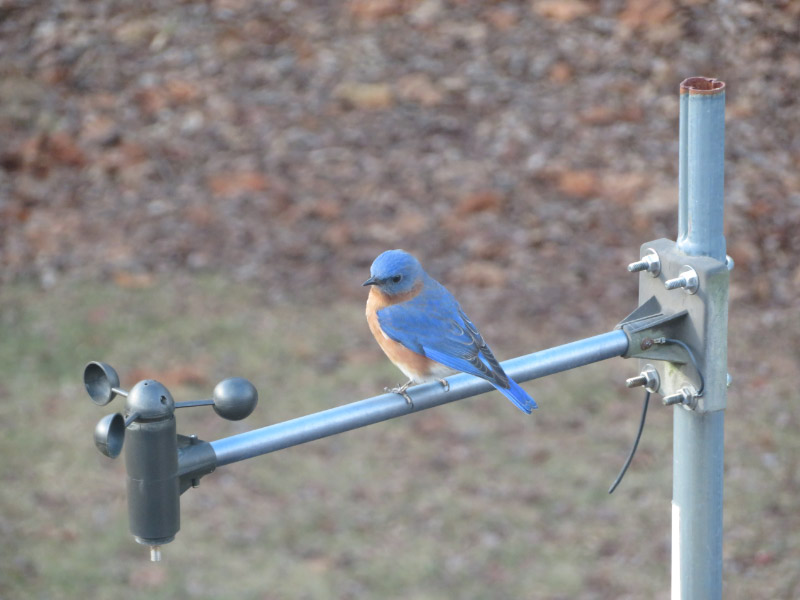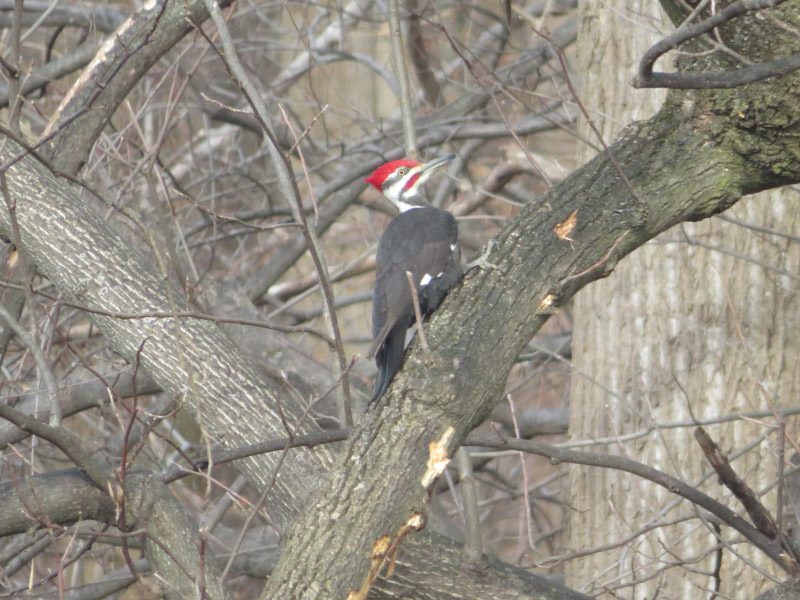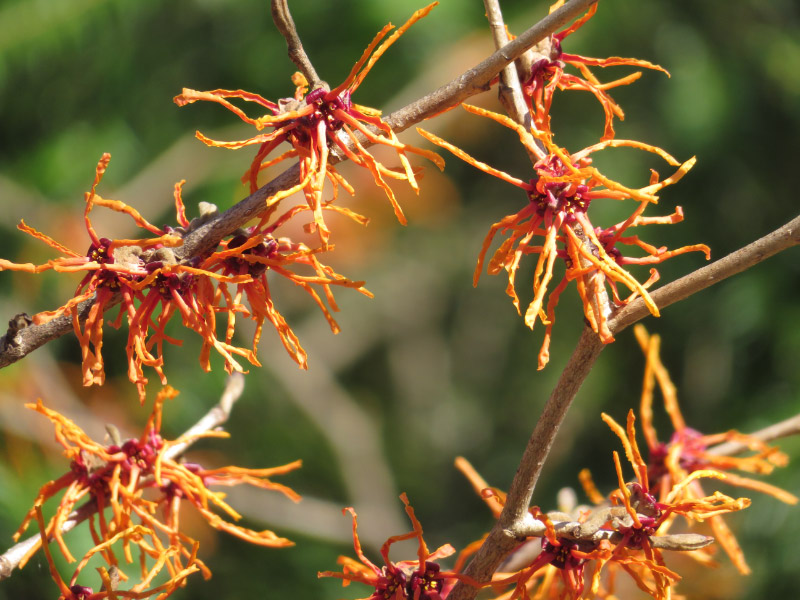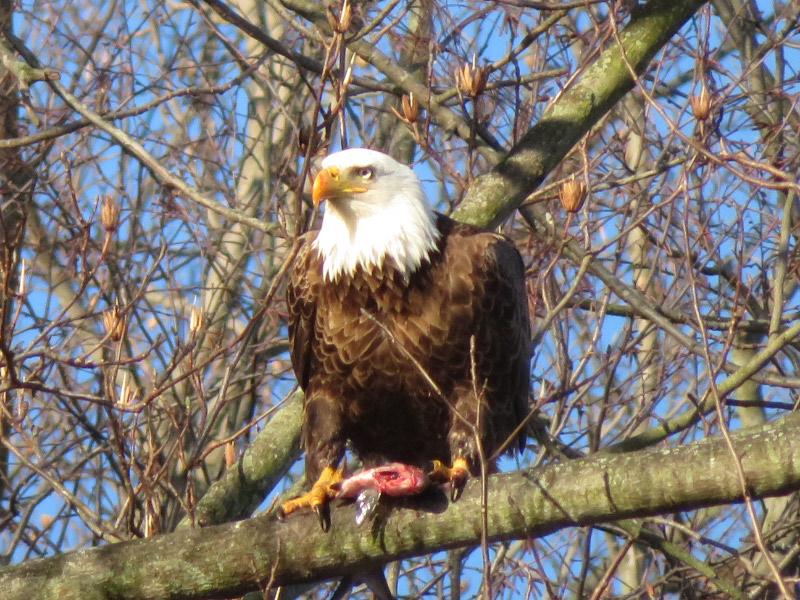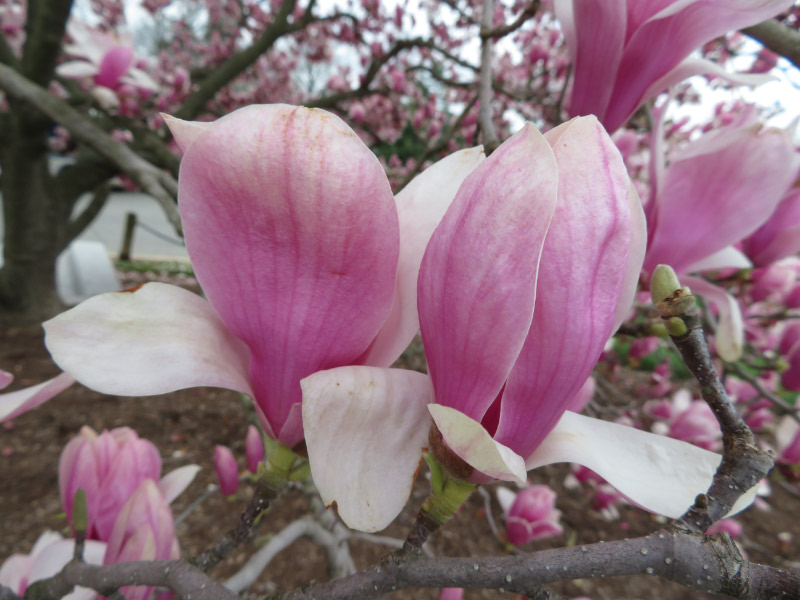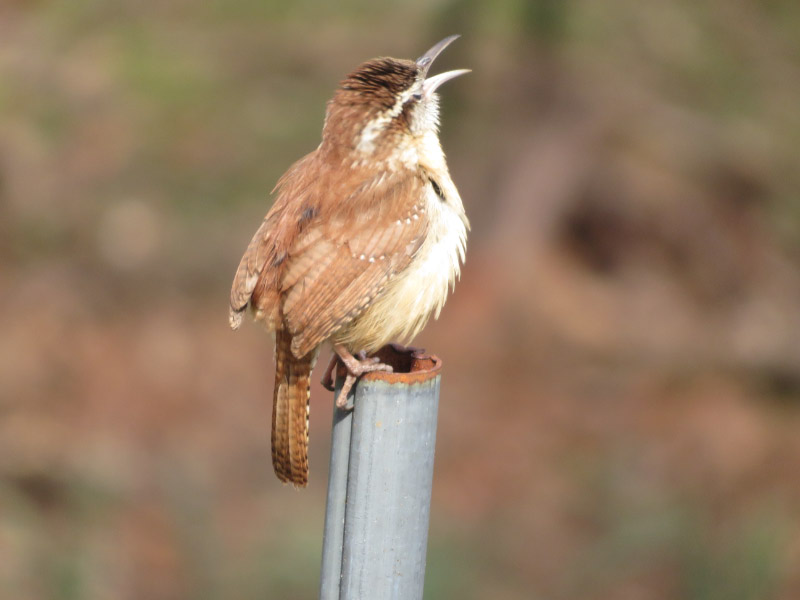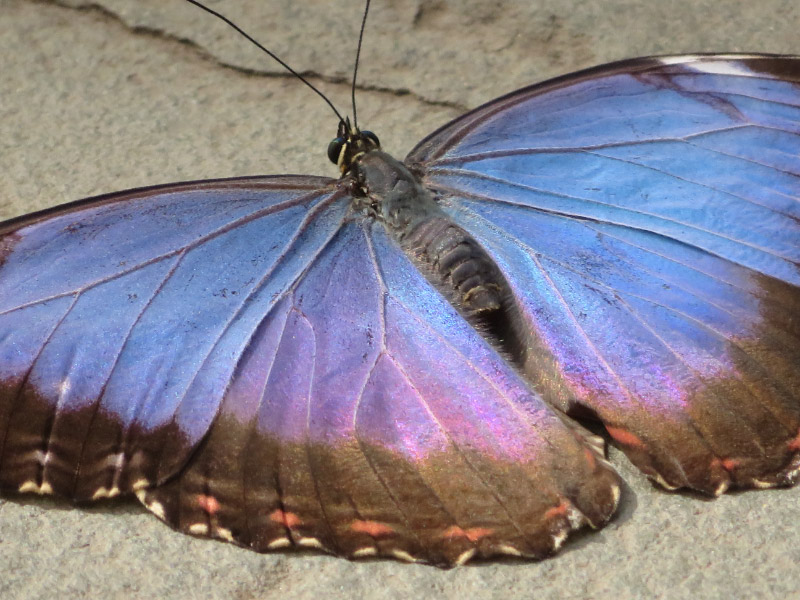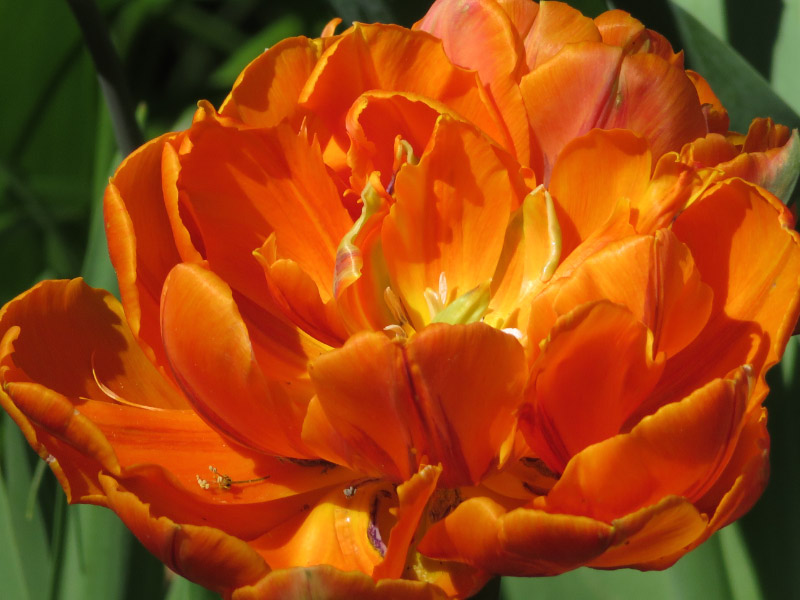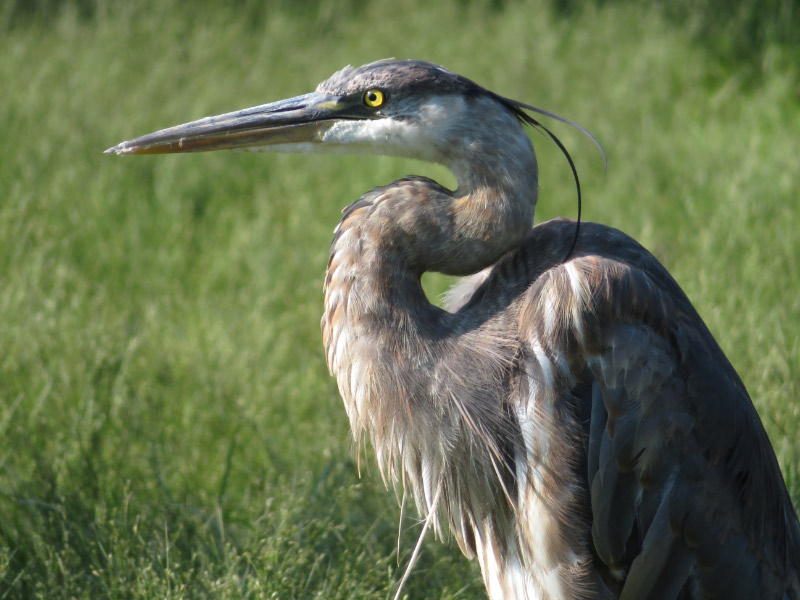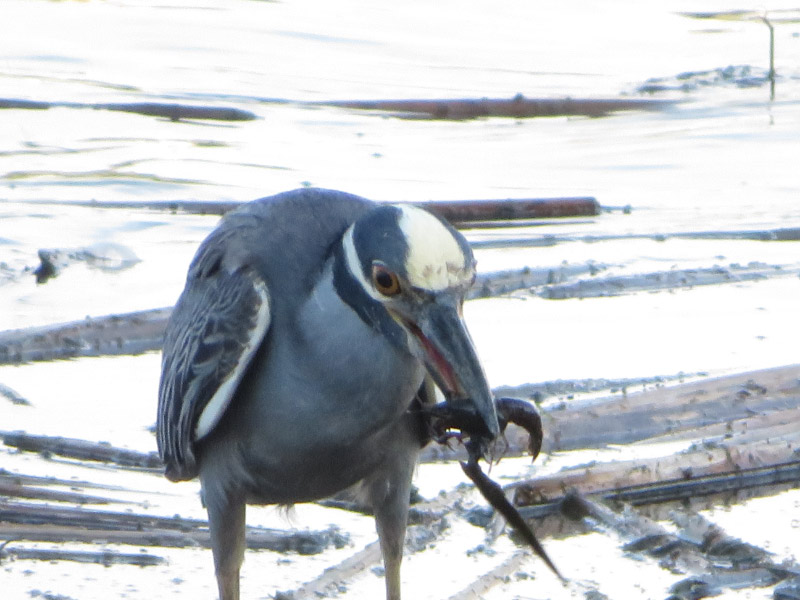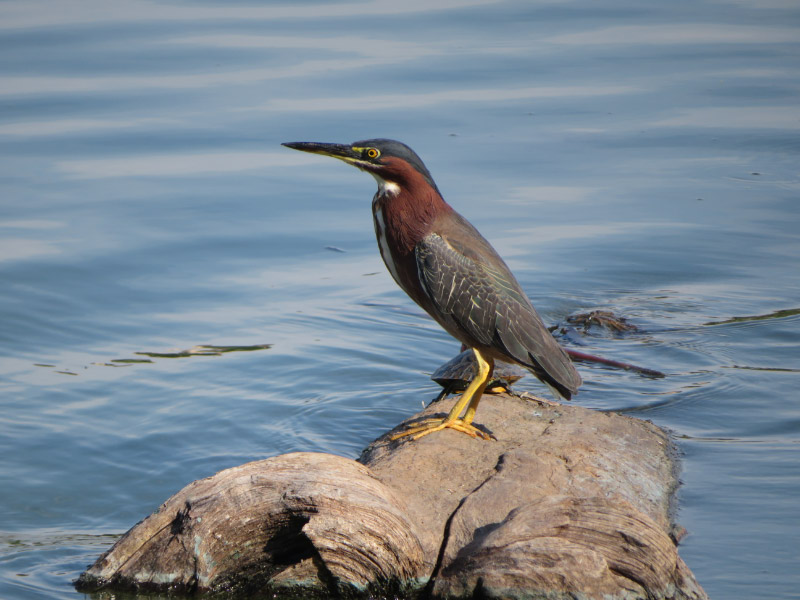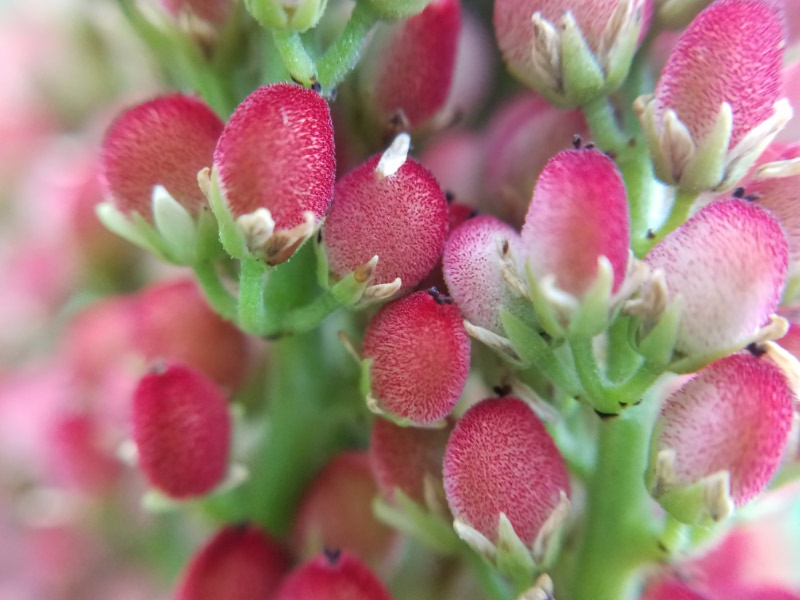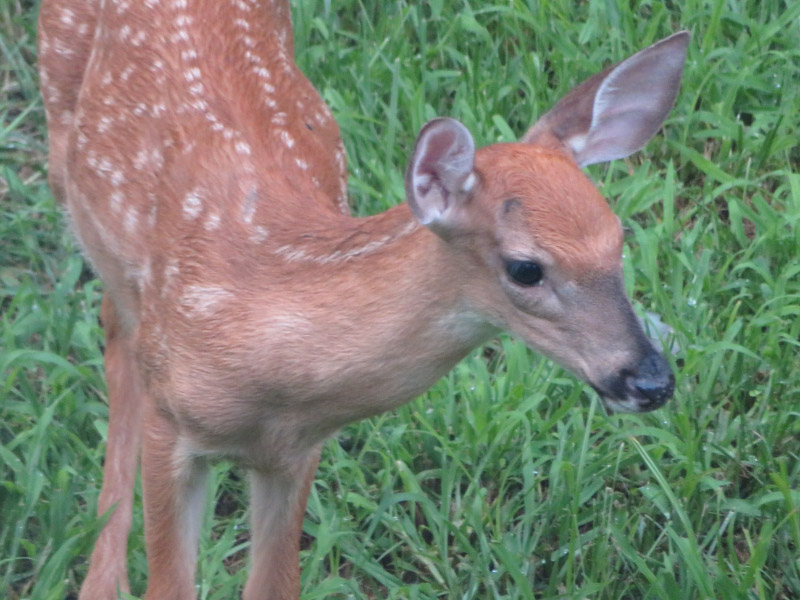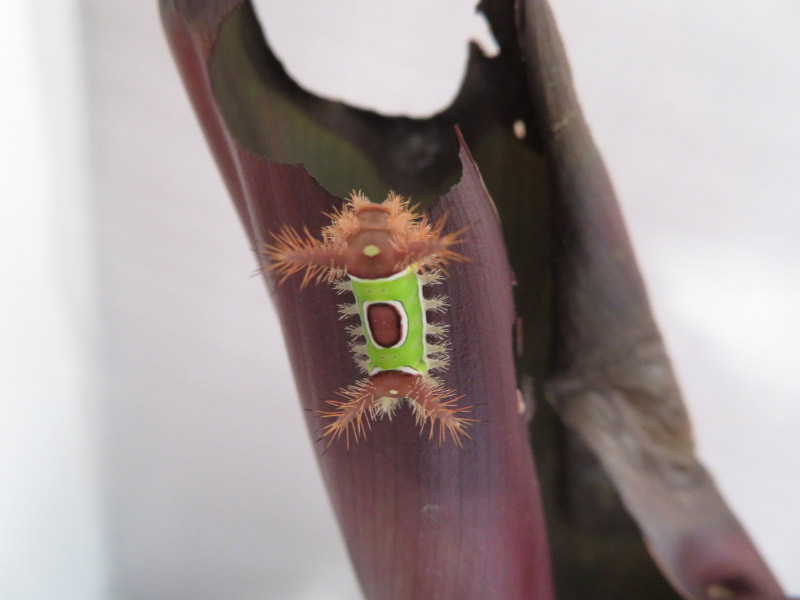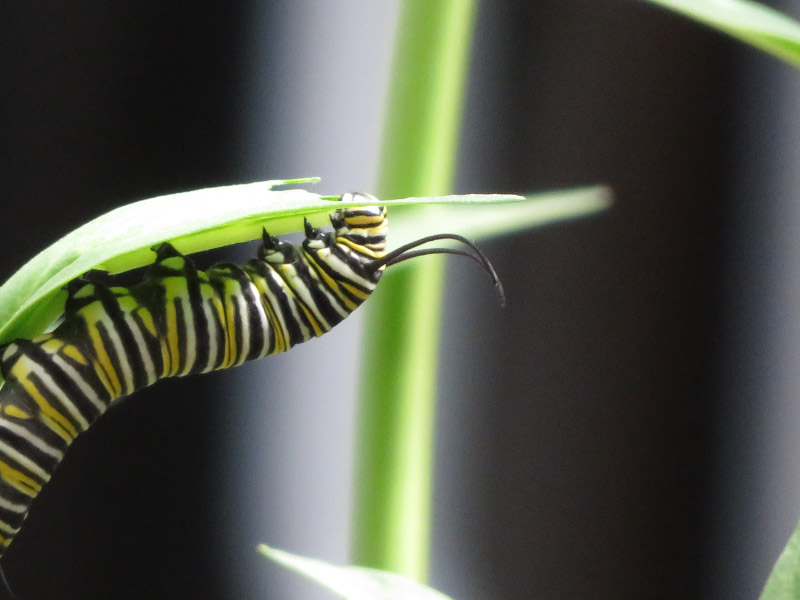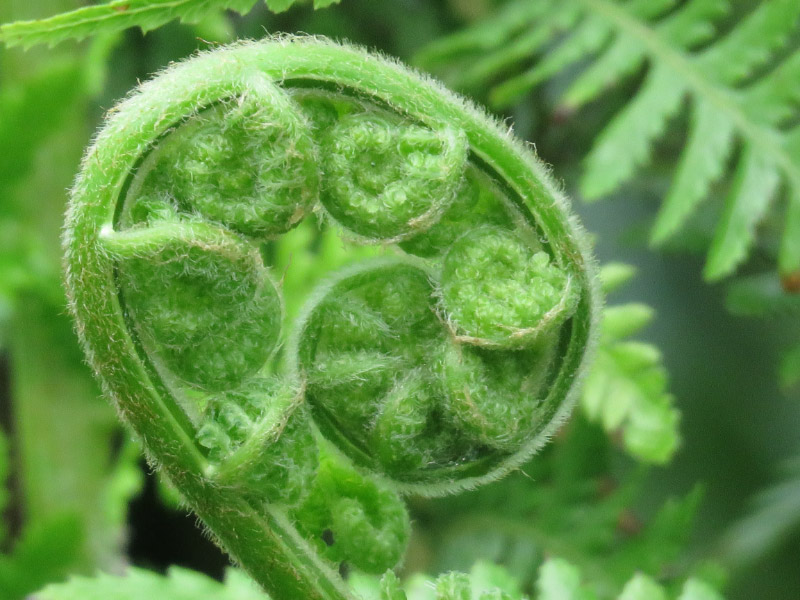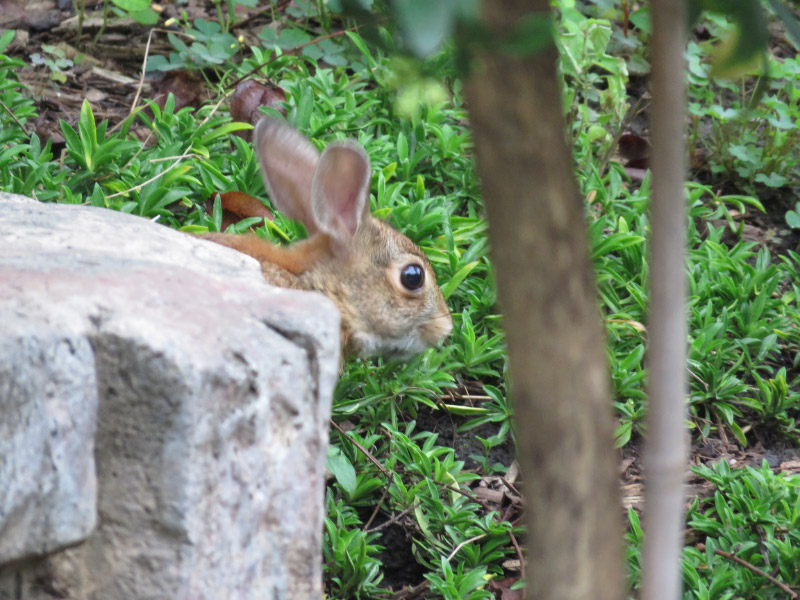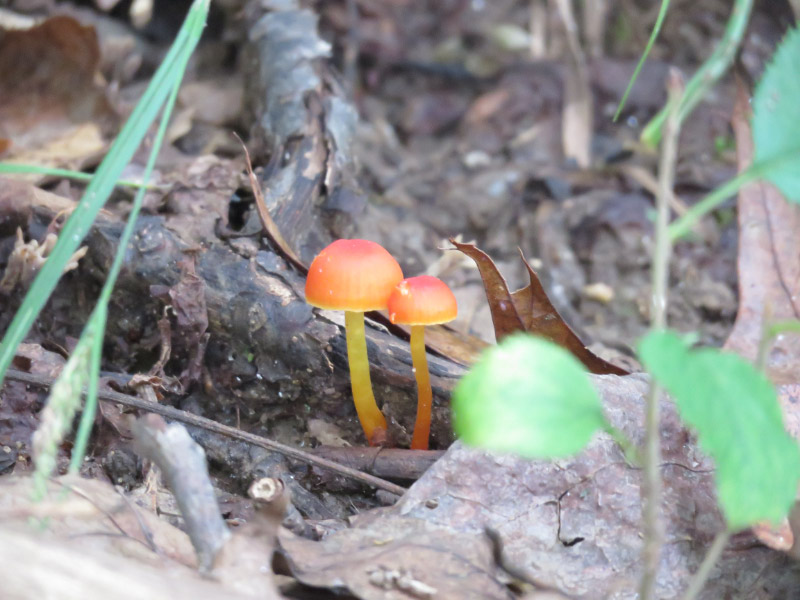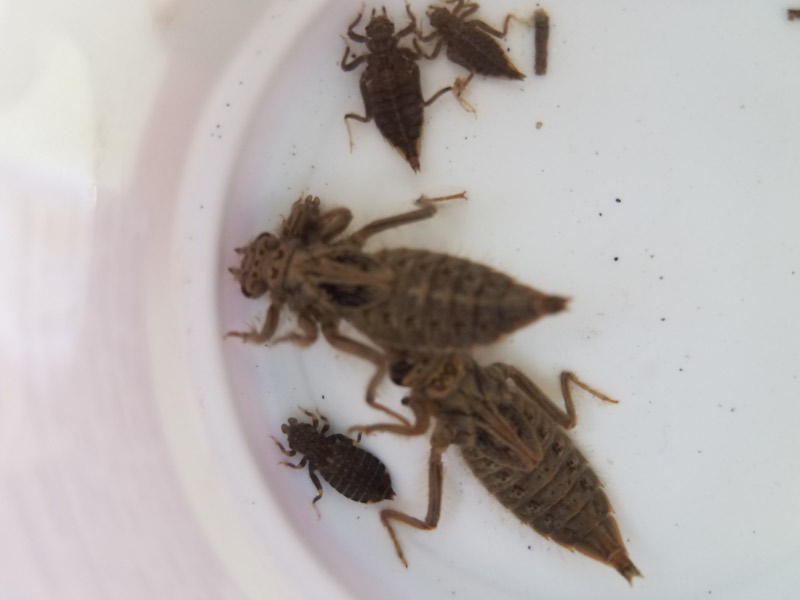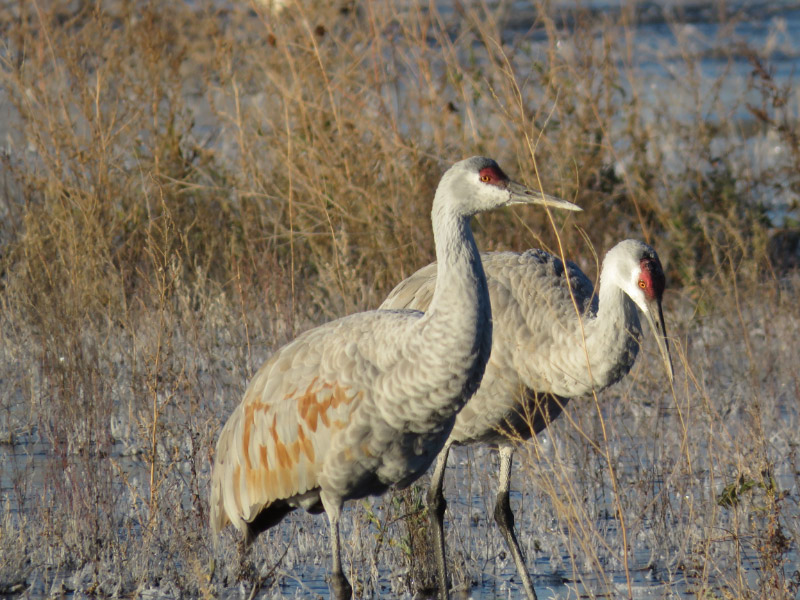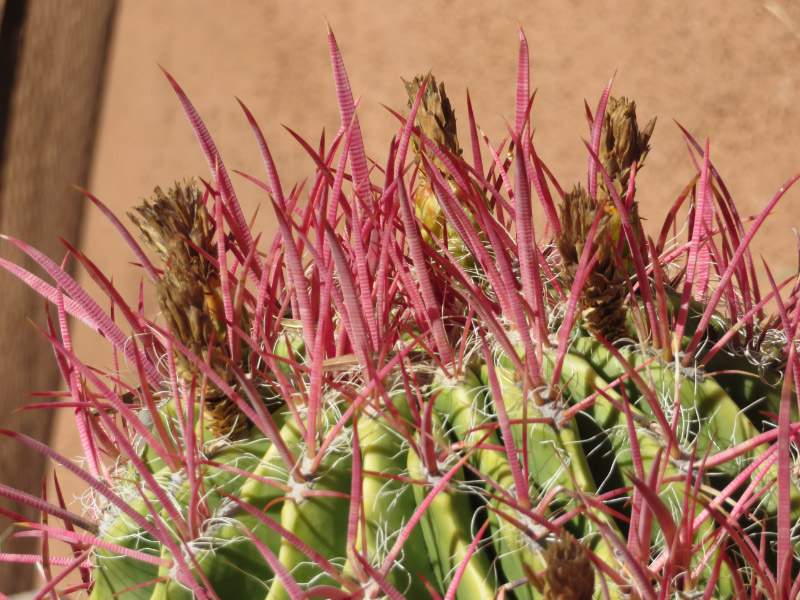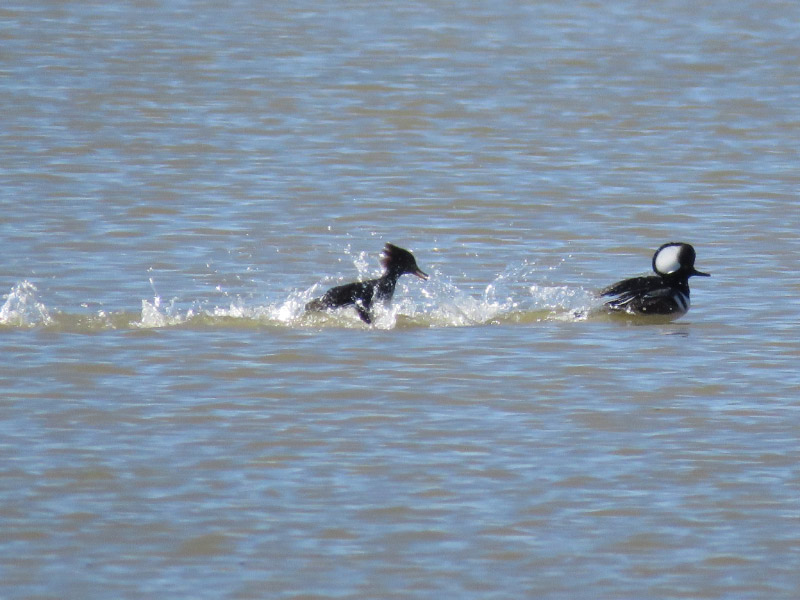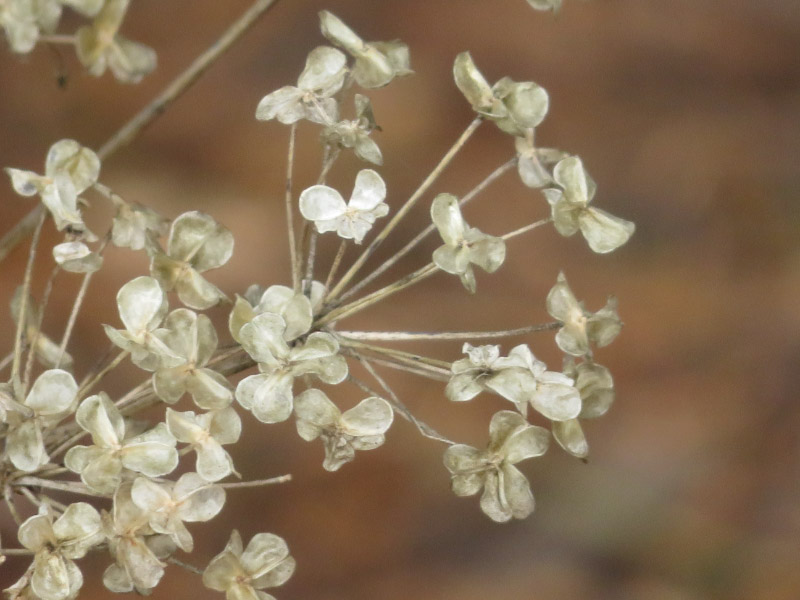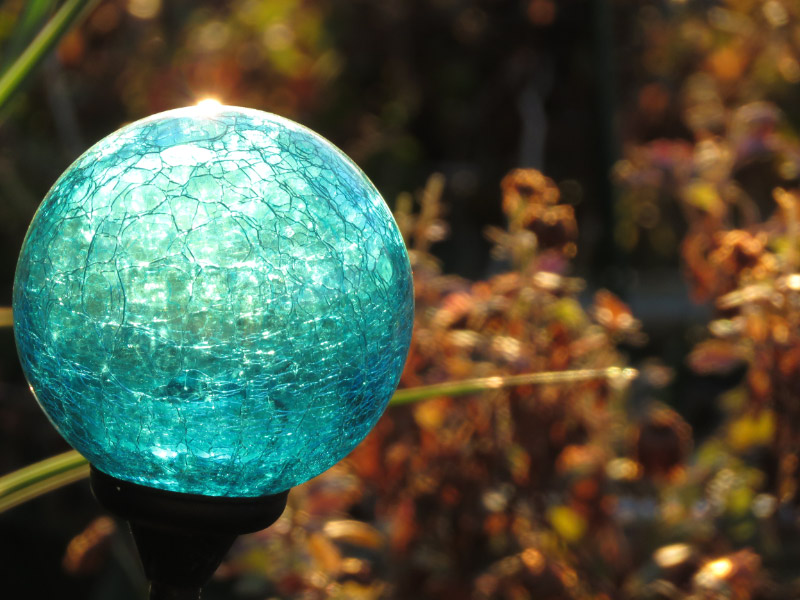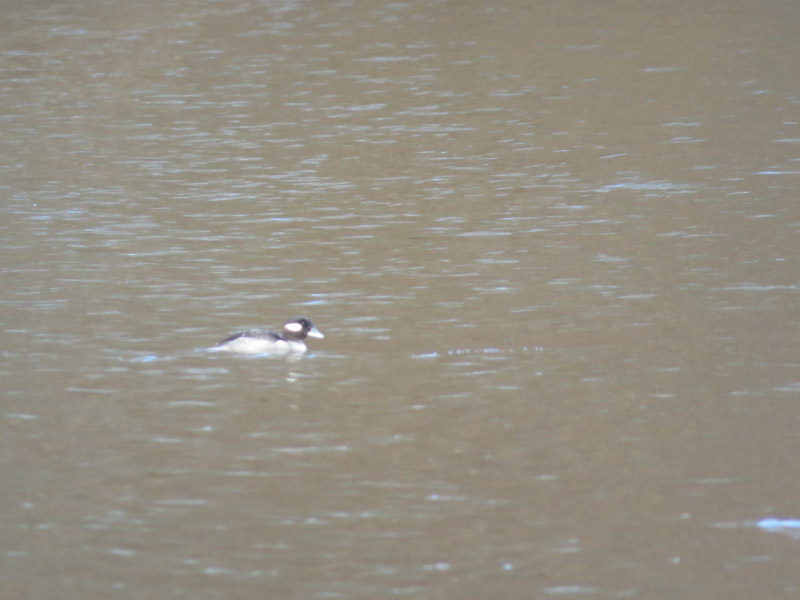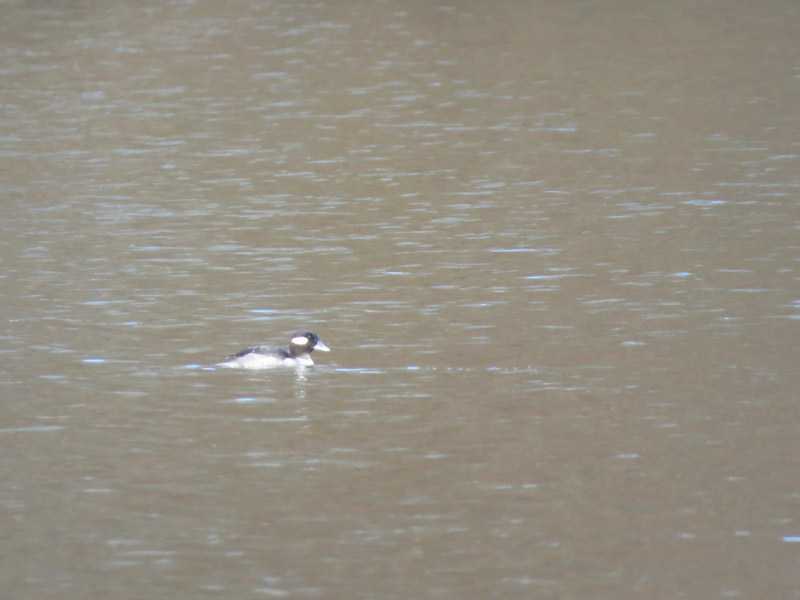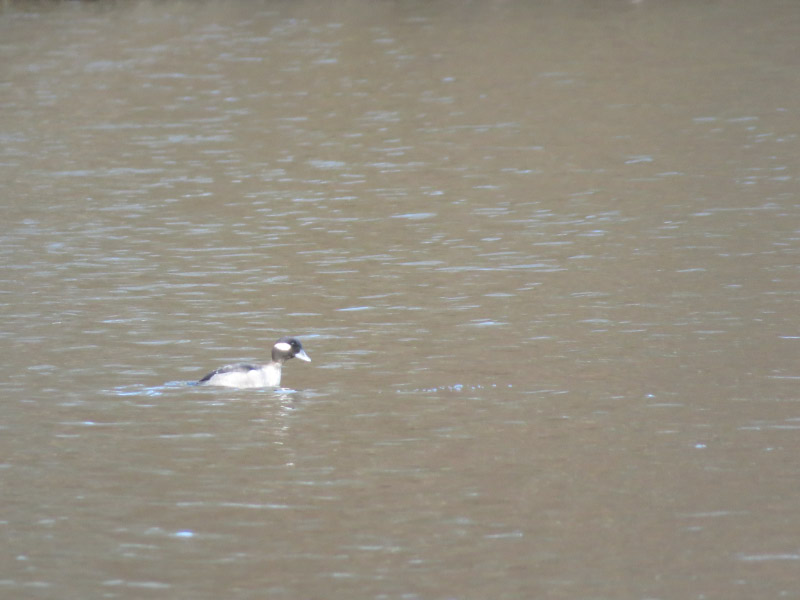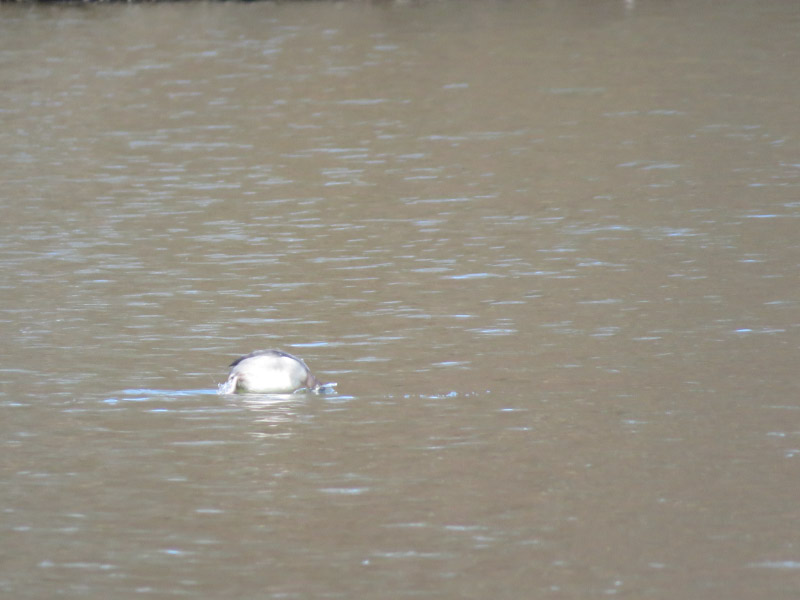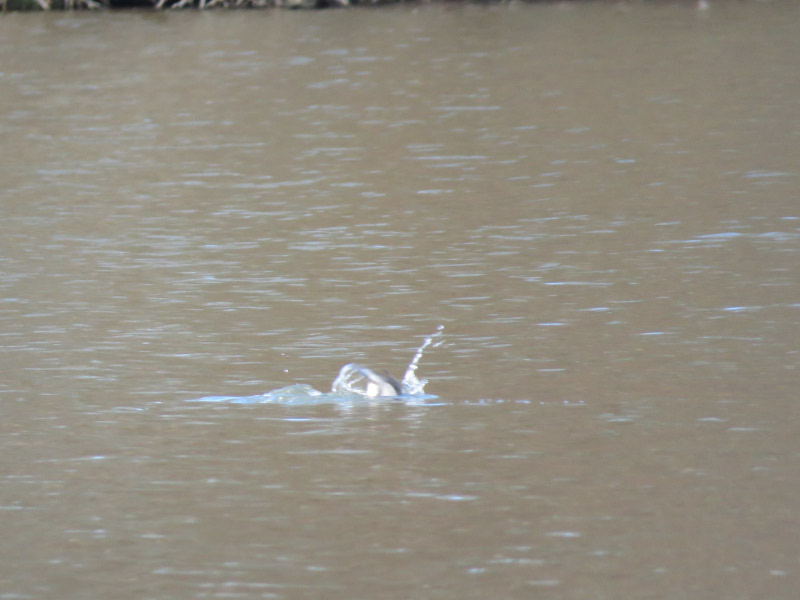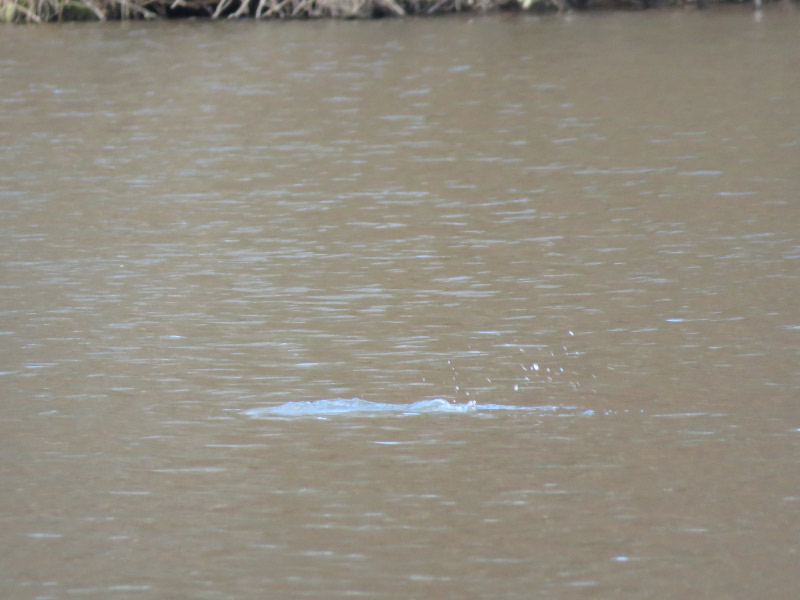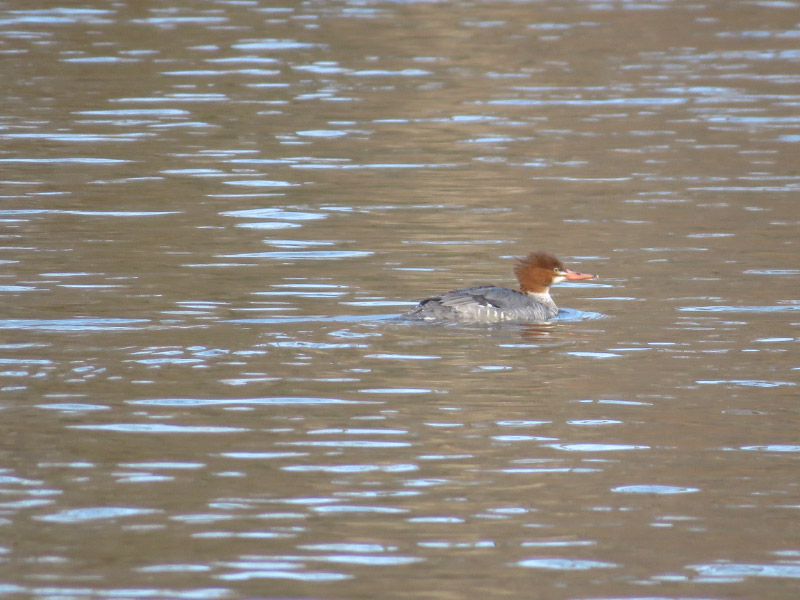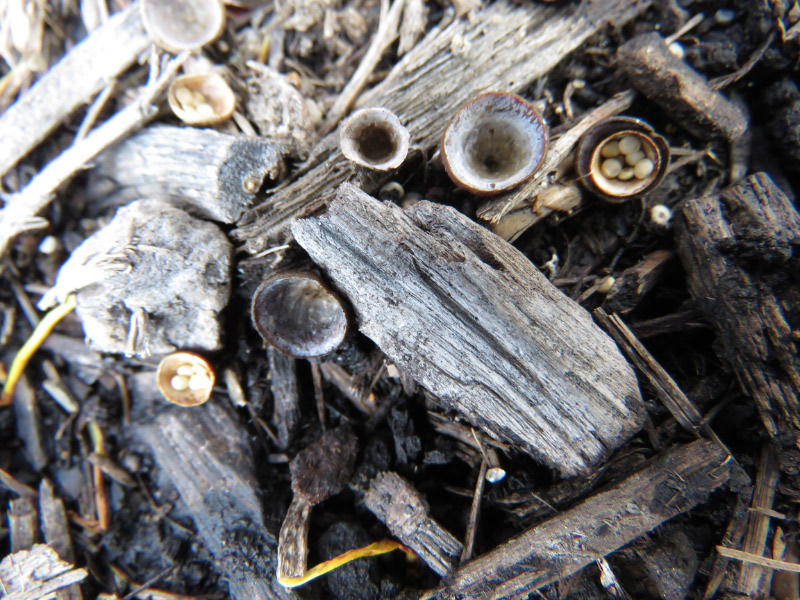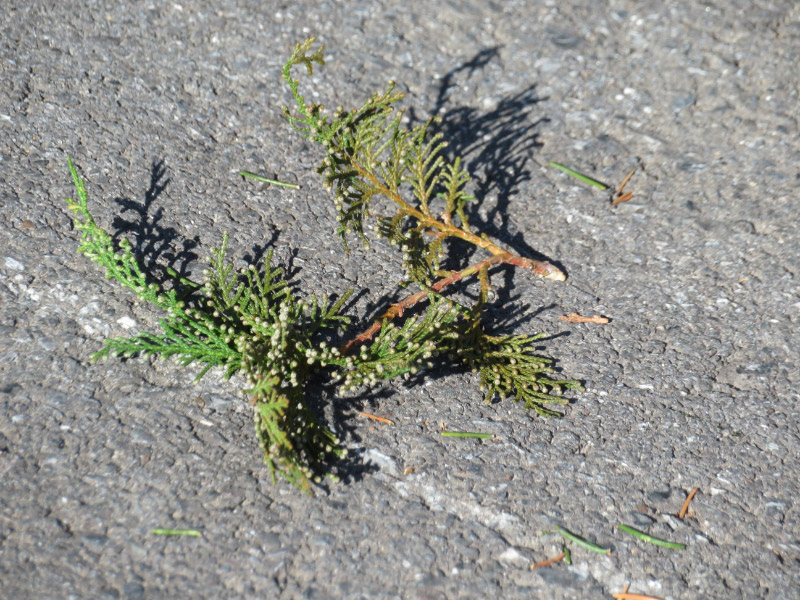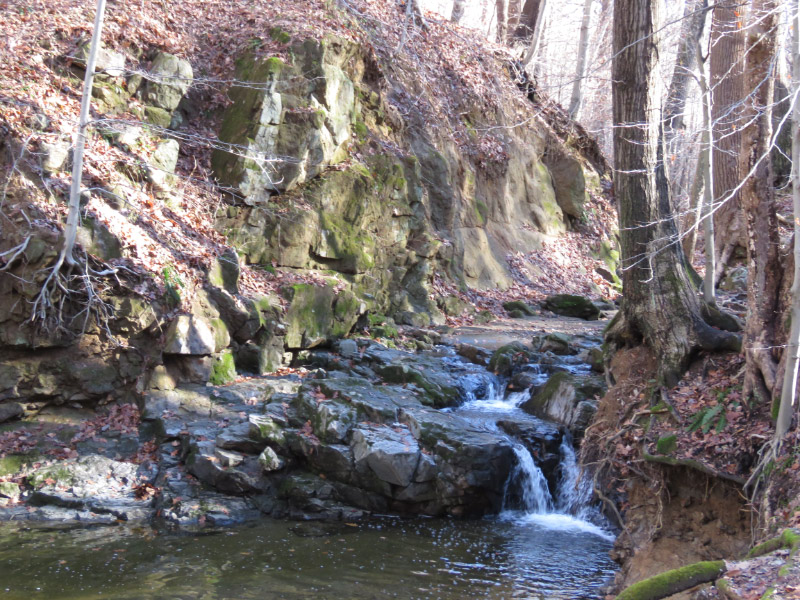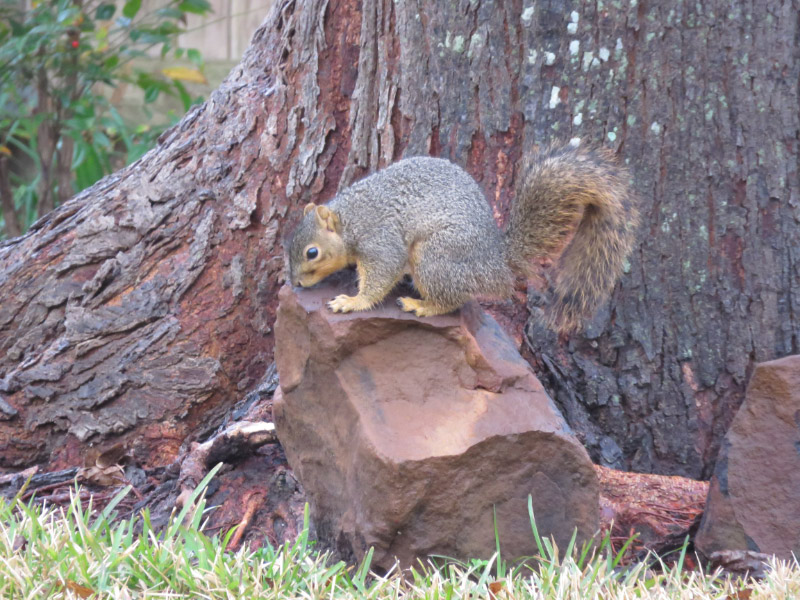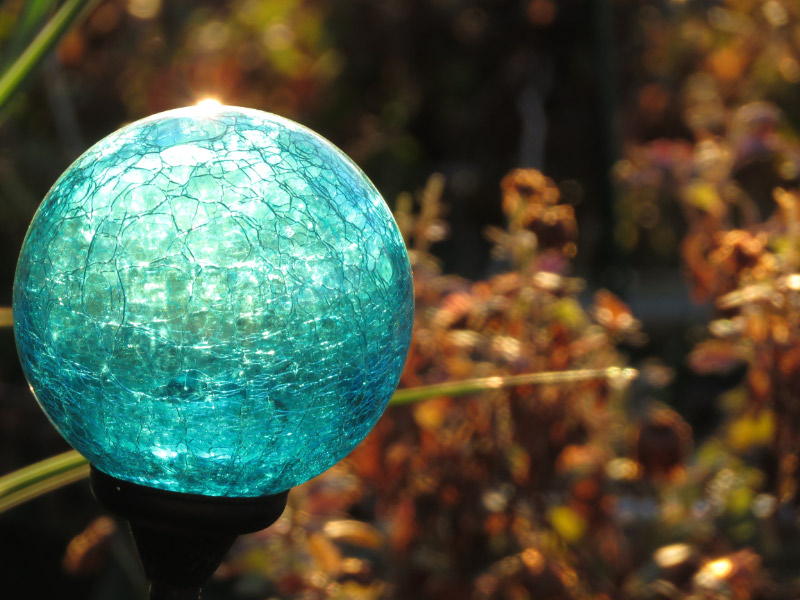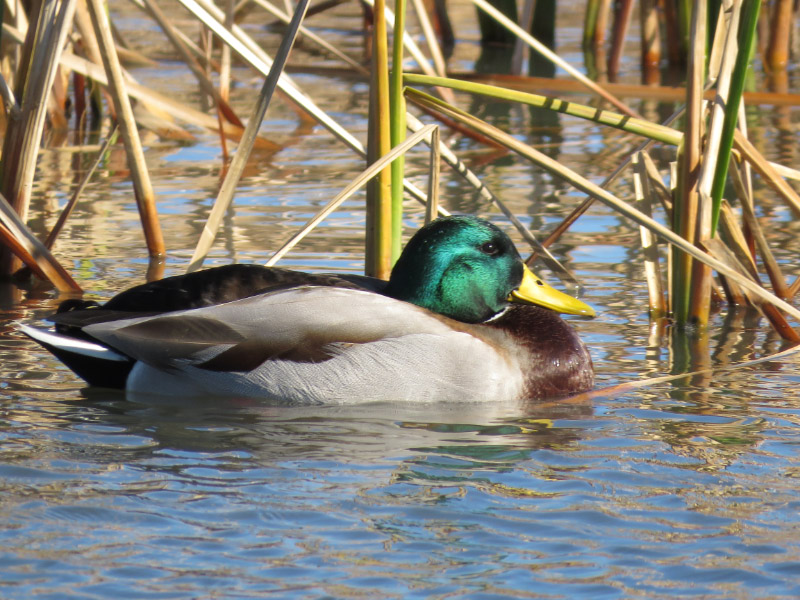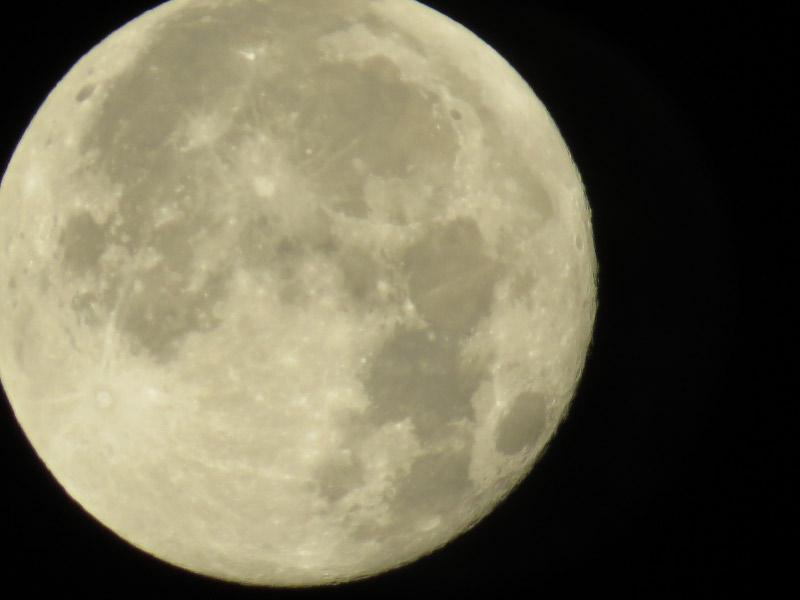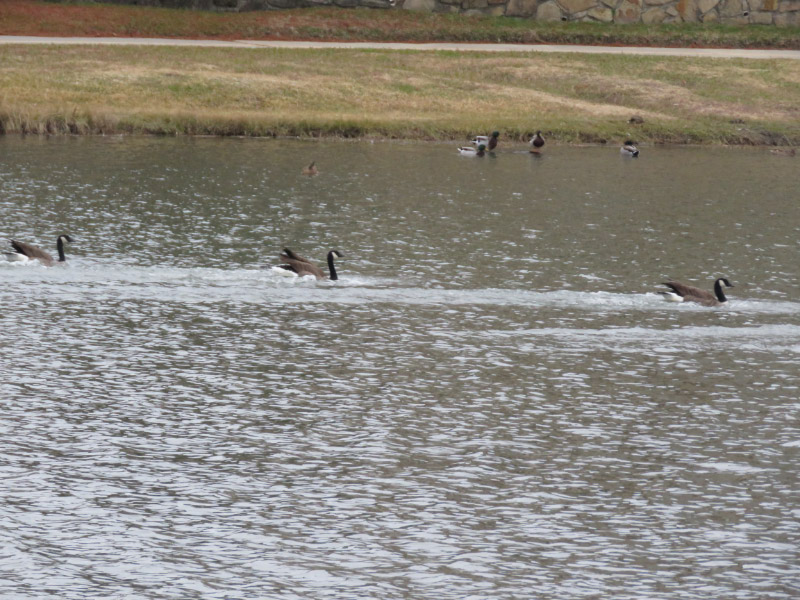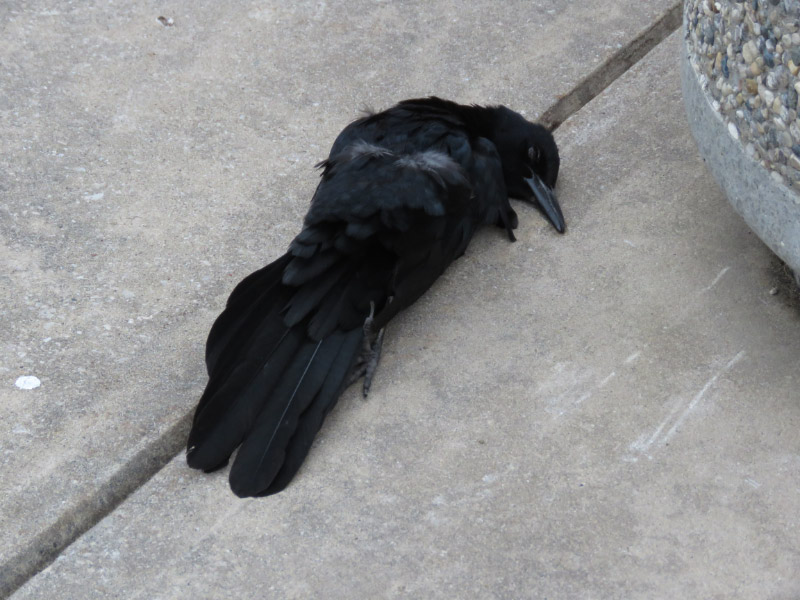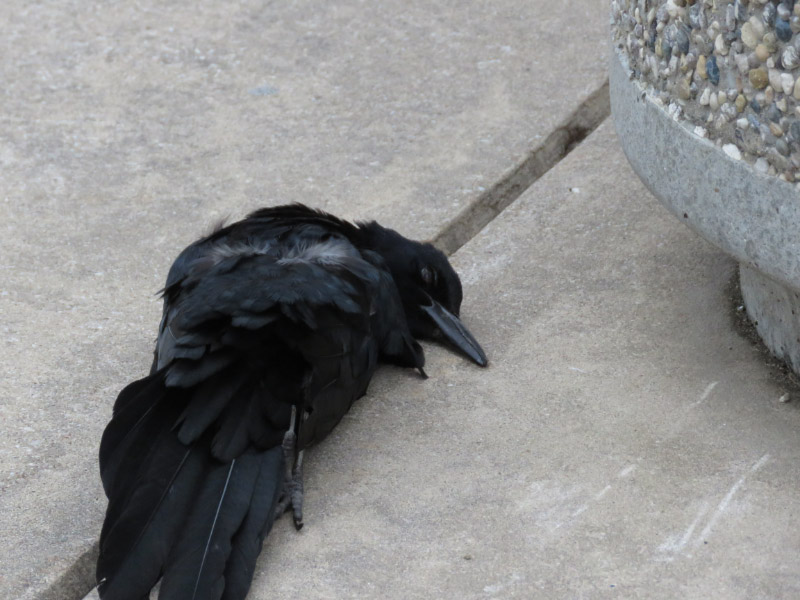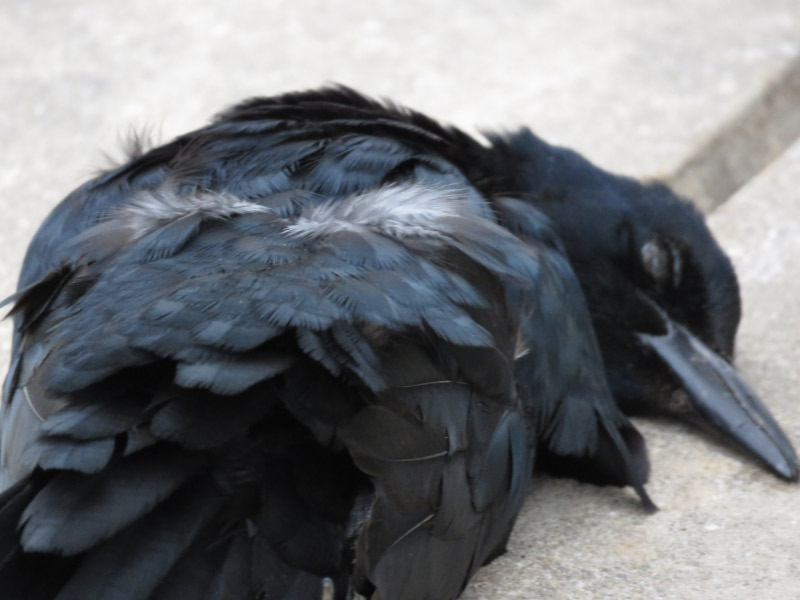Belmont in January 2019
/Last week, I attended a lecture for Howard County Conservancy volunteers at the Belmont Carriage House – arriving early to walk around a bit before the lecture. There was still quite a lot of snow on the ground.
I stayed on the cleared roads until I made the trek up to the old cemetery.
The old tulip poplar looks even more ancient in the winter with all the hollows and bark injuries more clearly visible. It had a lot of seed pods from last season just as the younger trees do.
One of the people I was hiking with pointed out an ash tree on the Patapsco Valley State Park side of the cemetery that had evidence of emerald ash borer (the lighter color on the bark). This tree will have to be cut down before it falls on the cemetery taking down fences and stones.
On a positive note – the hemlocks in the cemetery seem to be thriving. A few years ago they were infested with wooly adelgid but they were treated and it seems have saved them.
The wind must have ‘pruned’ the holly in the cemetery. A branch was draped from one of the headstones – no footprints in the snow around the headstone.
There were lots of deer tracks in the snow as we walked up to the cemetery and back. We didn’t see any rabbit tracks. Maybe a coyote?
We circled back along the row of white pines. The snow stands out even on a very cloudy day.
It was time to head back. I stopped near the mailboxes to take a picture of the pond with the bald cypress standing just to the left of it. It does have a classic cypress shape but if I wasn’t familiar with the tree, I’d have to hike down to the pond and see the cypress knees that surround it for a definitive identification.


